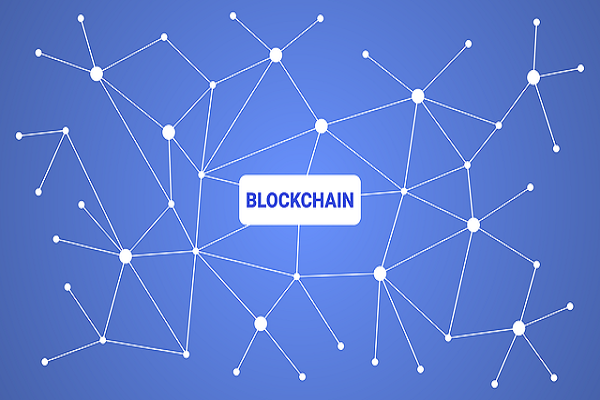A blockchain is a database that is divided between the hubs of a computer network. As a data set, a blockchain stores data electronically in advanced format. Blockchains are most popular for their vital job in digital currency frameworks, like Bitcoin, for keeping a safe and decentralized record of exchanges.

The advancement with a blockchain is that it ensures the constancy and security of a record of information and creates trust without the requirement for a confided in outsider.
KEY TAKEAWAYS
- Blockchain is a kind of shared data set that varies from an ordinary data set in the manner that it stores data; blockchains store information in blocks that are then connected together by means of cryptography.
- As new information comes in, it is gone into a new block. When the block is loaded up with information, it is binded onto the past block, which makes the information affixed together in sequential order.
- Various sorts of data can be put away on a blockchain, yet the most well-known use up to this point has been as a record for exchanges.
- For Bitcoin’s situation, blockchain is utilized in a decentralized way so that no single individual or gathering has control-rather, all clients by and large hold control.
How Does a Blockchain Work?
The objective of blockchain is to permit advanced data to be recorded and appropriated, yet all the same not altered. Along these lines, a blockchain is the establishment for changeless records, or records of exchanges that can’t be adjusted, erased, or obliterated. This is the reason blockchains are otherwise called a distributed ledger technology (DLT).
First proposed as an examination project in 1991, the blockchain idea originated before its first inescapable application being used: Bitcoin, in 2009. In the years since, the utilization of blockchains has detonated by means of the formation of different digital currencies, decentralized money (DeFi) applications, non-fungible tokens (NFTs), and smart contracts.
Key components of a blockchain
Circulated ledger innovation
All network members approach the circulated record and its unchanging record of exchanges. With this common record, exchanges are recorded just a single time, taking out the duplication of exertion that is ordinary of customary business organizations.
Permanent records
No member can change or alter an exchange after it’s been recorded to the common record. Assuming an exchange record incorporates an error, another exchange should be added to turn around the mistake, and the two exchanges are then noticeable.
Smart contracts
To speed exchanges, a bunch of rules – called a smart contract – is put away on the blockchain and executed consequently. A smart agreement can characterize conditions for corporate security moves, incorporate terms for go protection to be paid and significantly more.
Advantages of blockchain
More trust
With blockchain, as an individual from an individuals-only network, you can have confidence that you are getting exact and opportune information, and that your private blockchain records will be shared distinctly with network individuals to whom you have explicitly conceded admittance.
More prominent security
Agreement on information precision is needed from all network members, and all approved exchanges are unchanging on the grounds that they are recorded for all time. Nobody, not so much as a framework manager, can erase a transaction.
More efficiencies
With a disseminated ledger that is divided between individuals from an organization, time-squandering record compromises are disposed of. What’s more to speed exchanges, a bunch of rules – called a smart contract- can be put away on the blockchain and executed naturally.
